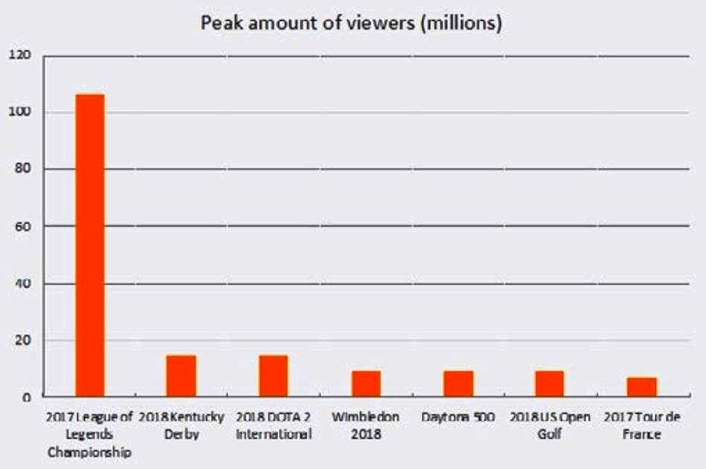DISPLAY MANAGEMENT IN ESPORTS APPLICATIONS
posted:
For IHSE, a leader in Display Management technology and KVM (Keyboard Video Mouse) extension and switching solutions, the factors determining a flawless gamer experience, arena operation and professional AV production for streaming and broadcasting are particularly relevant. Any human user interface extension, signal switching, video format conversion and video wall adaption has to comply with the needs of competitive, professional players, the audience as well as venue operators. In the case of a live event when teams of online players compete, systems must enable the best possible workflow for the production crew and meet the expectations of the venue audience as well as the viewers of live or on demand streamed content via twitch.tv or youtube.com.
advertisment
Each type of game, from Mario Kart or Fifa World Cup to First Person Shooter (FPS) games played in squads or in solo-mode with the aim to be the last person standing, has loyal fan communities globally. As of 2019, the major Asian markets include China, South Korea and Japan complemented by the North American and European markets. Most players in Asia are between 25 and 34 years of age (Source: Nielsen Report cited in THE ESPORTS OBSERVER, 13 June 2019), while the average gamer age in North America and Europe is similar, but a little oder on average.
This presents a key opportunity for traditional television production and broadcast companies to connect with a younger audience. This age group is increasingly disengaging from traditional, linear TV. The major Esports competitions attract large audiences similar to major sports events such as basketball championship games, tennis tournaments or car racing events like the Daytona 500 or the 24 hours of Le Mans.
advertisment
According to Statista (Newzoo), the worldwide Esports audience is expected to grow from 395 million in 2018 to 644 million in 2022. While viewers in most geographies prefer streaming services, in South Korea however, the majority of viewers uses traditional TV sets to follow the large competitions. In other parts of Asia, the use of smartphone screens to follow events is higher than in North America or Europe.
advertisment
LIVE COMPETITIVE EVENTS
A modern online gaming event has all the attributes of a large music or sports event with extensive multimedia displays for the audience. This demands an ultra-high bandwidth wireless infrastructure to enable in-seat personalization to complement the video walls showing game action and a signal distribution and management environment with very high bandwidth and extremely low latency.
A distinct difference between an online game event and a physical event (often termed “analog”) is the physical nature of the stage or playing field. The virtual nature of the Esports playground discounts cameras as a means to provide special views. However, these views can be created from gaming server data offering almost infinite possibilities to create viewing angles.
READ THE COMPLETE WHITE PAPER:




